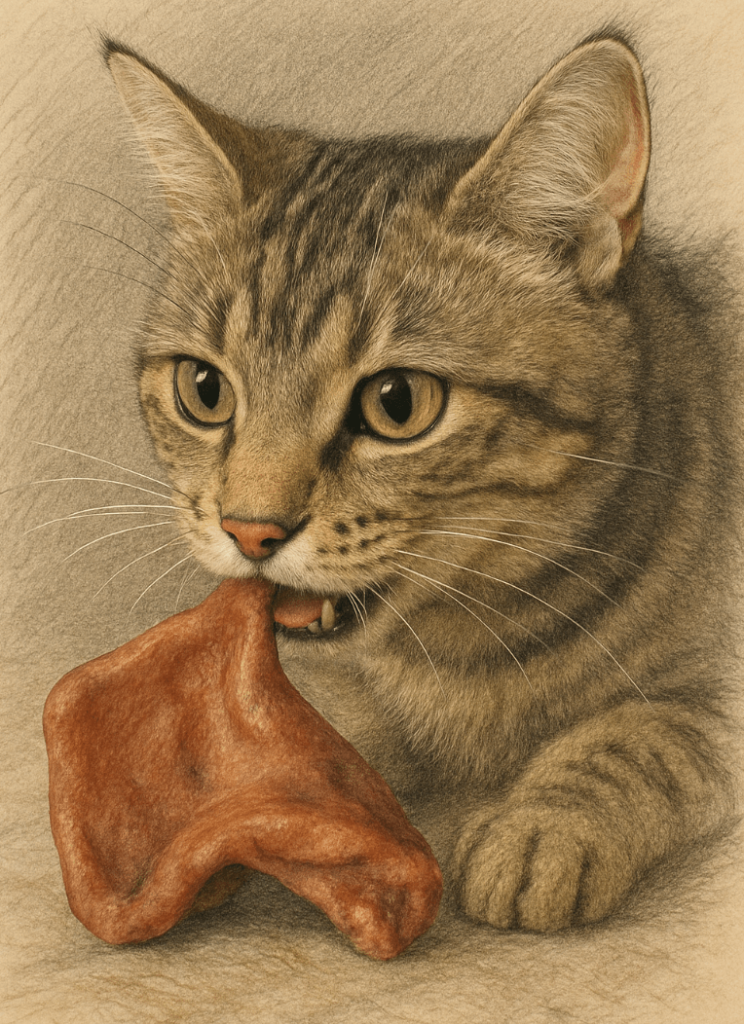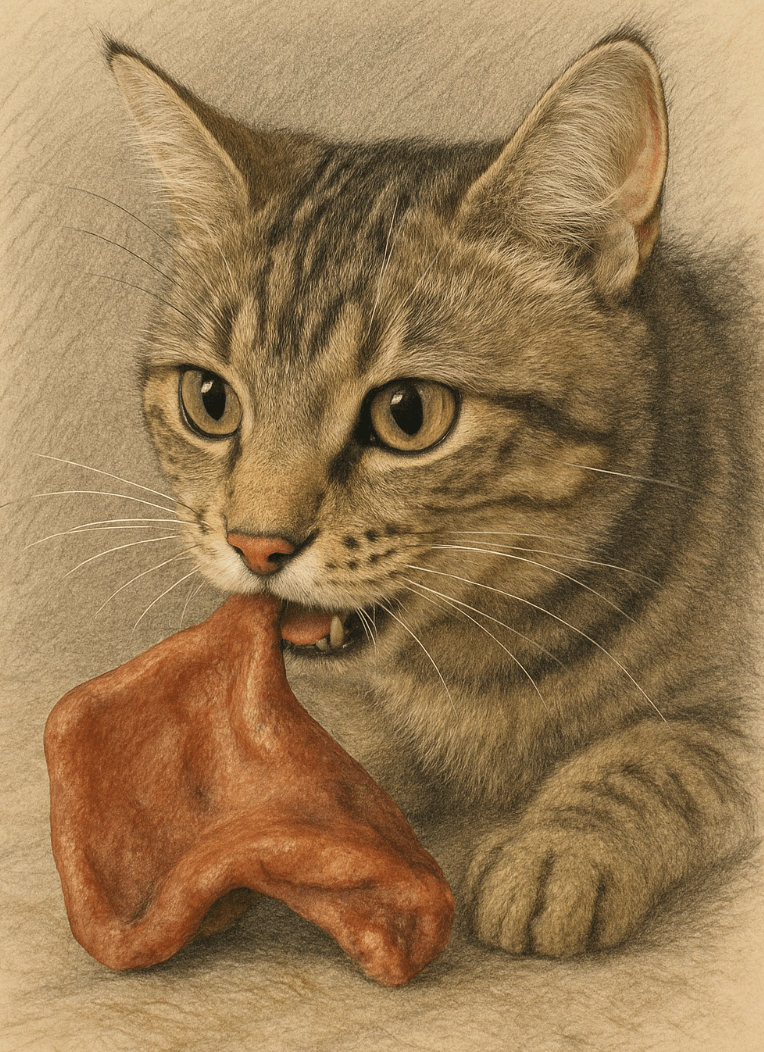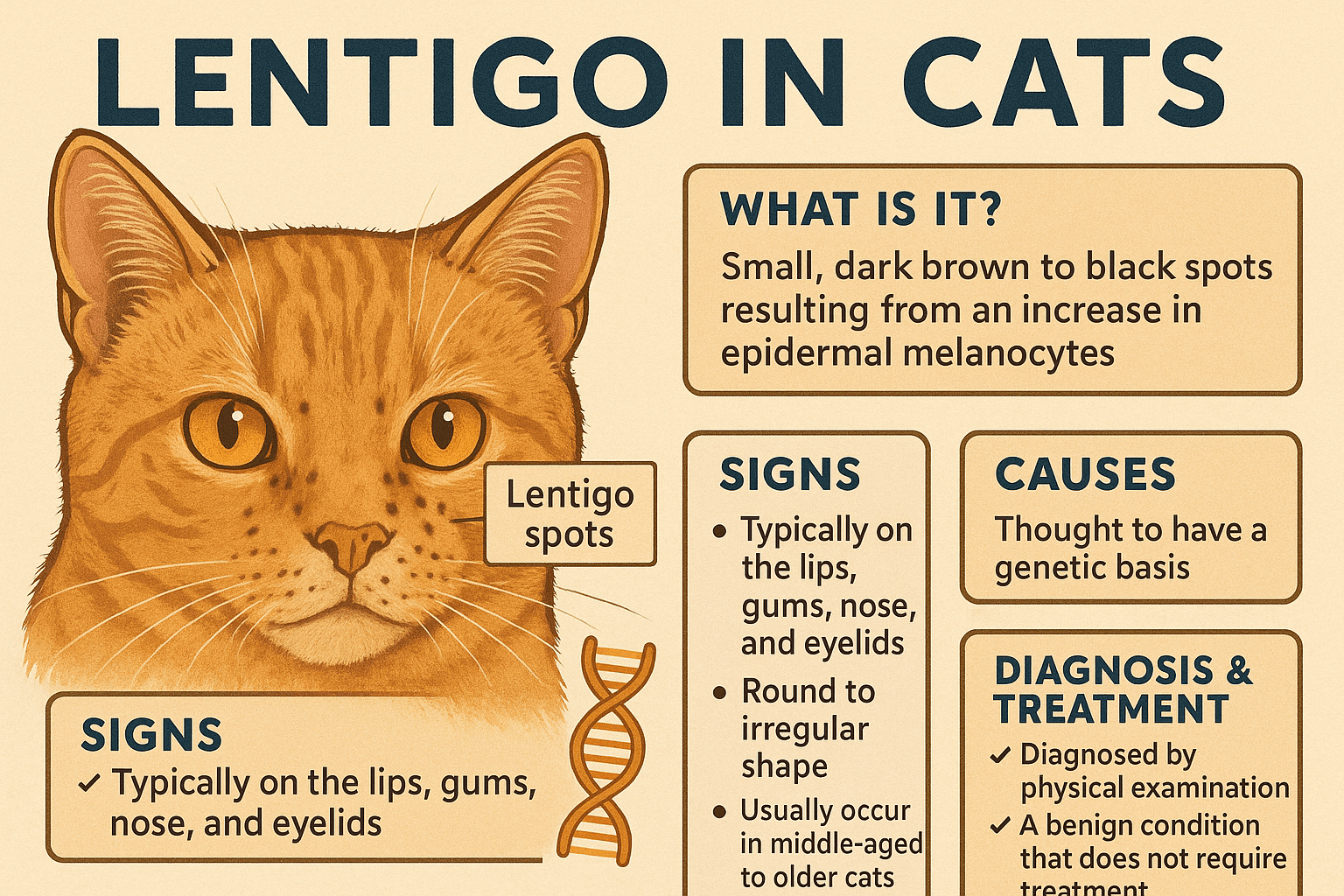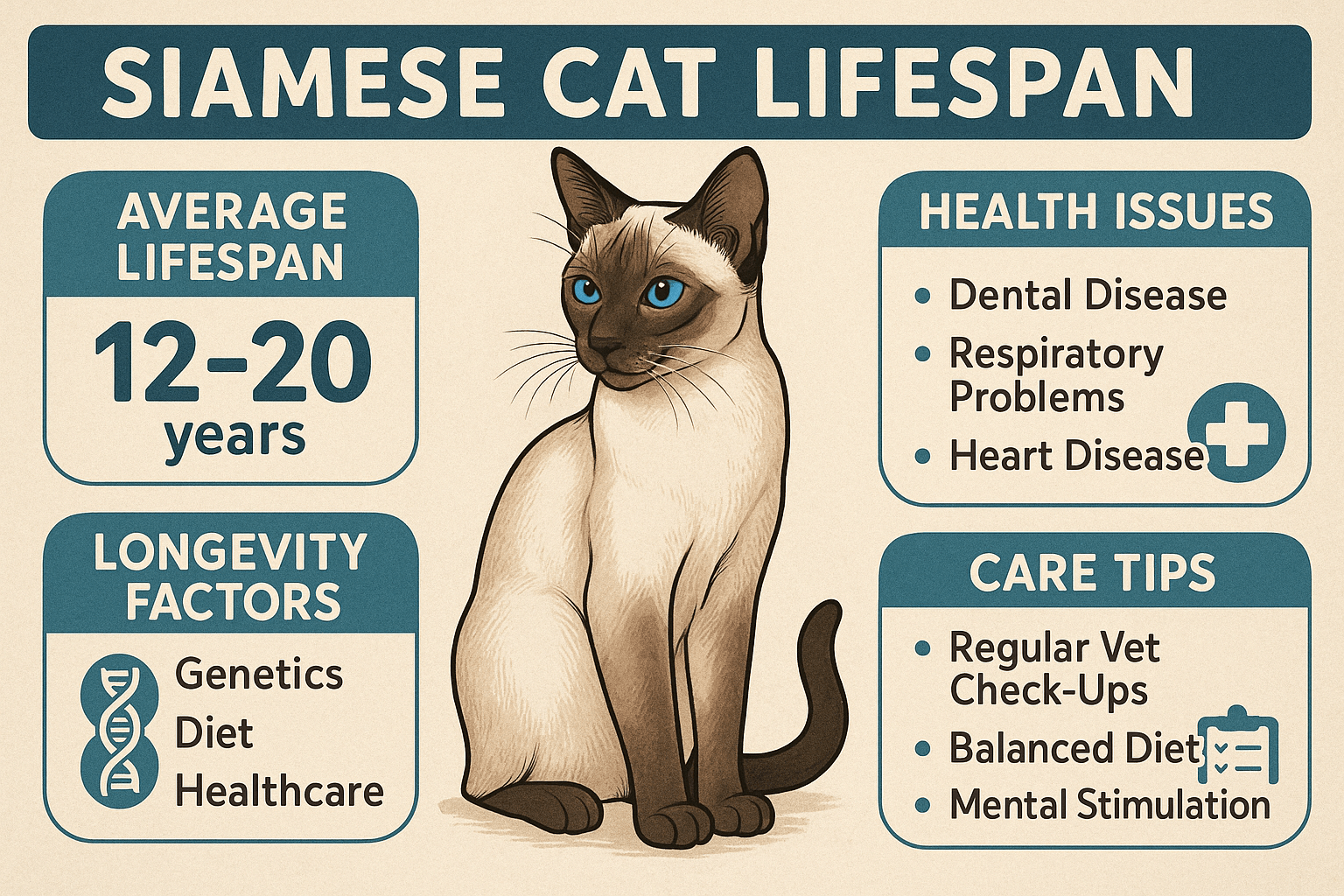Can Cats Eat Pig Ears? Everything You Need to Know
Cats are naturally curious creatures, and their interest in what we eat can sometimes lead to questions about whether certain human or pet treats are safe for them. One such question is whether cats can eat pig ears—a popular chew treat for dogs. While pig ears might seem like a harmless snack, it’s essential to consider the potential risks and benefits before offering them to your feline friend. In this blog post, we’ll explore whether pig ears are safe for cats, what precautions to take, and alternative options to keep your cat happy and healthy.
Potential Risks of Feeding Pig Ears to Cats
While pig ears are generally safe for dogs, they pose several risks when given to cats. Understanding these dangers will help you make an informed decision about whether to include them in your cat’s diet.
Choking Hazard:
Pig ears are tough and chewy, which can make them difficult for cats to break down, increasing the risk of choking.Digestive Blockages:
Large pieces of pig ear can get stuck in a cat’s digestive tract, leading to blockages that may require surgical removal.High Fat Content:
Pig ears are high in fat, which can upset a cat’s sensitive stomach and potentially lead to pancreatitis if consumed in excess.Bacterial Contamination:
Raw or improperly processed pig ears may harbor harmful bacteria like Salmonella or E. coli, posing health risks to both cats and humans.Nutritional Imbalance:
Pig ears lack the essential nutrients cats need and can disrupt their balanced diet if fed too frequently.
These risks highlight why caution is necessary when considering pig ears as a treat for your cat. Always prioritize their safety and well-being.
Benefits of Pig Ears (When Handled Safely)
Despite the risks, pig ears do offer some potential benefits for cats when prepared and supervised correctly. These advantages are limited but worth noting for context.
Dental Health Support:
Chewing on pig ears can help reduce plaque and tartar buildup, promoting better oral hygiene for your cat.Mental Stimulation:
The act of chewing provides mental enrichment, satisfying your cat’s natural instinct to gnaw and explore textures.Protein Source:
Pig ears are primarily made of protein, which is an essential part of a cat’s carnivorous diet when offered in moderation.Low Carbohydrate Content:
Unlike many commercial cat treats, pig ears contain minimal carbs, making them a slightly healthier option if given sparingly.Natural Treat Option:
For cats that enjoy chewing, pig ears are a more natural alternative to heavily processed snacks.
While these benefits exist, they must be weighed against the potential dangers to ensure your cat’s safety.
Check this guide 👉Can Cats Eat Taro? Best 7 Expert Tips!
Check this guide 👉Can Cats Eat Passion Fruit? Best 7 Expert Tips!
Check this guide 👉Can Cats Eat Soybeans? Best 7 Expert Tips!

Safe Alternatives to Pig Ears | Risks of Unsafe Treat Choices |
|---|---|
Freeze-dried chicken or turkey pieces | Raw pig ears with bacterial risks |
Dental chews designed for cats | Large, tough pig ears causing choking |
Soft, edible dental sticks | High-fat content leading to obesity |
Bone broth (strained and unsalted) | Digestive blockages from large pieces |
Homemade meat-based treats | Nutritional imbalance from overfeeding |
How to Safely Introduce Pig Ears to Your Cat
If you decide to give your cat pig ears, it’s crucial to take precautions to minimize risks. Follow these guidelines to ensure a safe experience.
Choose Processed Options:
Opt for commercially processed pig ears that are cleaned and sanitized to reduce the risk of bacterial contamination.Supervise Closely:
Never leave your cat unattended with a pig ear. Monitor their chewing behavior to prevent choking or swallowing large pieces.Limit Portion Sizes:
Offer only small, bite-sized pieces rather than an entire pig ear to avoid overwhelming your cat’s digestive system.Check for Allergies:
Watch for signs of allergic reactions, such as vomiting, diarrhea, or excessive itching, after introducing pig ears.Consult Your Veterinarian:
Before giving your cat any new treat, seek advice from your vet to ensure it aligns with their dietary needs.
By following these steps, you can mitigate risks while allowing your cat to enjoy the occasional pig ear safely.
Signs Your Cat May Be Struggling with Pig Ear Consumption
Even with precautions, complications can arise if your cat consumes pig ears improperly. Watch for these warning signs to act quickly if something goes wrong.
Vomiting or Diarrhea:
These symptoms may indicate that your cat has ingested something harmful or is experiencing digestive distress.Excessive Drooling:
Drooling could signal irritation or injury caused by chewing on tough pig ear pieces.Difficulty Eating:
If your cat avoids food or seems reluctant to chew, they may have injured their teeth or gums.Lethargy or Discomfort:
A sudden lack of energy or signs of pain might suggest internal injuries from swallowed fragments.Pawing at the Mouth:
This behavior often indicates that your cat is experiencing discomfort or has a foreign object stuck in their mouth.
Recognizing these signs early allows you to seek veterinary care promptly, preventing further complications.
Common Mistakes to Avoid When Feeding Pig Ears
Feeding pig ears to your cat requires careful consideration to avoid mistakes that could endanger their health. Here are some pitfalls to watch out for.
Offering Raw Pig Ears:
Raw pig ears are more likely to carry harmful bacteria, posing risks to both cats and humans.Ignoring Size Recommendations:
Giving large pig ears increases the risk of choking or digestive blockages. Always cut them into small pieces.Leaving Cats Unsupervised:
Unattended cats may bite off large chunks or swallow pieces whole, leading to serious complications.Overfeeding Pig Ears:
Too many pig ears can upset your cat’s stomach and unbalance their diet. Moderation is key.Neglecting Veterinary Advice:
Skipping a professional opinion can result in unknowingly harming your cat with inappropriate treat choices.
Avoiding these mistakes ensures a safer and healthier experience for your cat.
Alternatives That Mimic the Benefits of Pig Ears
If you’re hesitant about feeding pig ears, there are plenty of alternatives that mimic their benefits without the associated risks.
Dental Treats and Chews:
Specially formulated dental products clean teeth and freshen breath without the danger of choking.Freeze-Dried Meat Pieces:
These treats provide protein-rich nutrition and satisfy your cat’s craving for texture.Interactive Toys:
Puzzle feeders and chewable toys stimulate your cat mentally and physically, fulfilling their need for engagement.Bone Broth Supplements:
Strained, sodium-free bone broth offers nutrients found in pig ears without the choking hazard.Soft Edible Chews:
Designed for cats, these chews promote dental health and are easy to digest.
These alternatives allow you to cater to your cat’s instincts while keeping them safe.
Understanding Your Cat’s Natural Instincts Around Chewing
Cats are naturally drawn to chewing because of their evolutionary history as hunters. Understanding their instincts helps explain their fascination with treats like pig ears.
Hunting Behavior:
Wild cats often gnaw on bones and cartilage, mimicking the behavior domestic cats display with chewy treats.Teething and Chewing Needs:
Kittens and young cats chew on objects to relieve teething discomfort, making pig ears appealing.Nutrient Seeking:
Cats crave protein and other nutrients found in animal-based treats, which are essential for their growth and development.Playful Exploration:
Cats use their mouths to explore new textures, and pig ears provide an intriguing sensory experience.Territorial Marking:
Chewing and gnawing on objects like pig ears can serve as a way for cats to assert ownership or relieve stress.
By recognizing these behaviors, you can better address your cat’s needs in a safe and controlled manner.
Frequently Asked Questions About Cats and Pig Ears
Are raw pig ears safe for cats?
No, raw pig ears carry a higher risk of bacterial contamination and should be avoided.
Can kittens eat pig ears?
Kittens should not eat pig ears due to their smaller size and developing teeth, which are more vulnerable to damage.
What type of pig ears are safest for cats?
Processed, sanitized pig ears in small portions are safer than raw or large, whole ones.
How often can I give my cat pig ears?
Limit pig ear consumption to rare occasions and never make them a regular part of your cat’s diet.
What should I do if my cat swallows a large piece?
Contact your veterinarian immediately to assess the situation and prevent potential blockages or injuries.
Prioritizing Your Cat’s Safety When It Comes to Pig Ears
Feeding pig ears to your cat can be tempting, especially if they show interest in these chewy treats. However, the risks often outweigh the benefits, making it essential to approach this decision with caution. By understanding the potential hazards, choosing safer alternatives, and consulting your veterinarian, you can ensure your cat stays healthy and happy. Remember, your feline friend relies on you to make the best dietary choices for them—so always prioritize their well-being above all else.
How to Find a Lost Cat: Best 7 Expert Tips! Discover actionable strategies to locate your missing cat, understand their behavior, and prevent future escapes with expert advice.
Is Dieffenbachia Toxic to Cats? Best 7 Expert Tips! Discover the dangers of Dieffenbachia, symptoms of poisoning, and how to keep your cat safe with expert advice and preventive measures.
Lentigo in Cats: Best 7 Expert Tips! Discover expert advice on understanding, identifying, and managing lentigo in cats to ensure your feline's health and happiness.
Siamese Cat Lifespan: Best 7 Expert Tips! Discover how to maximize your Siamese cat’s longevity with expert advice on health, care, and lifestyle for a happy, thriving feline companion.





